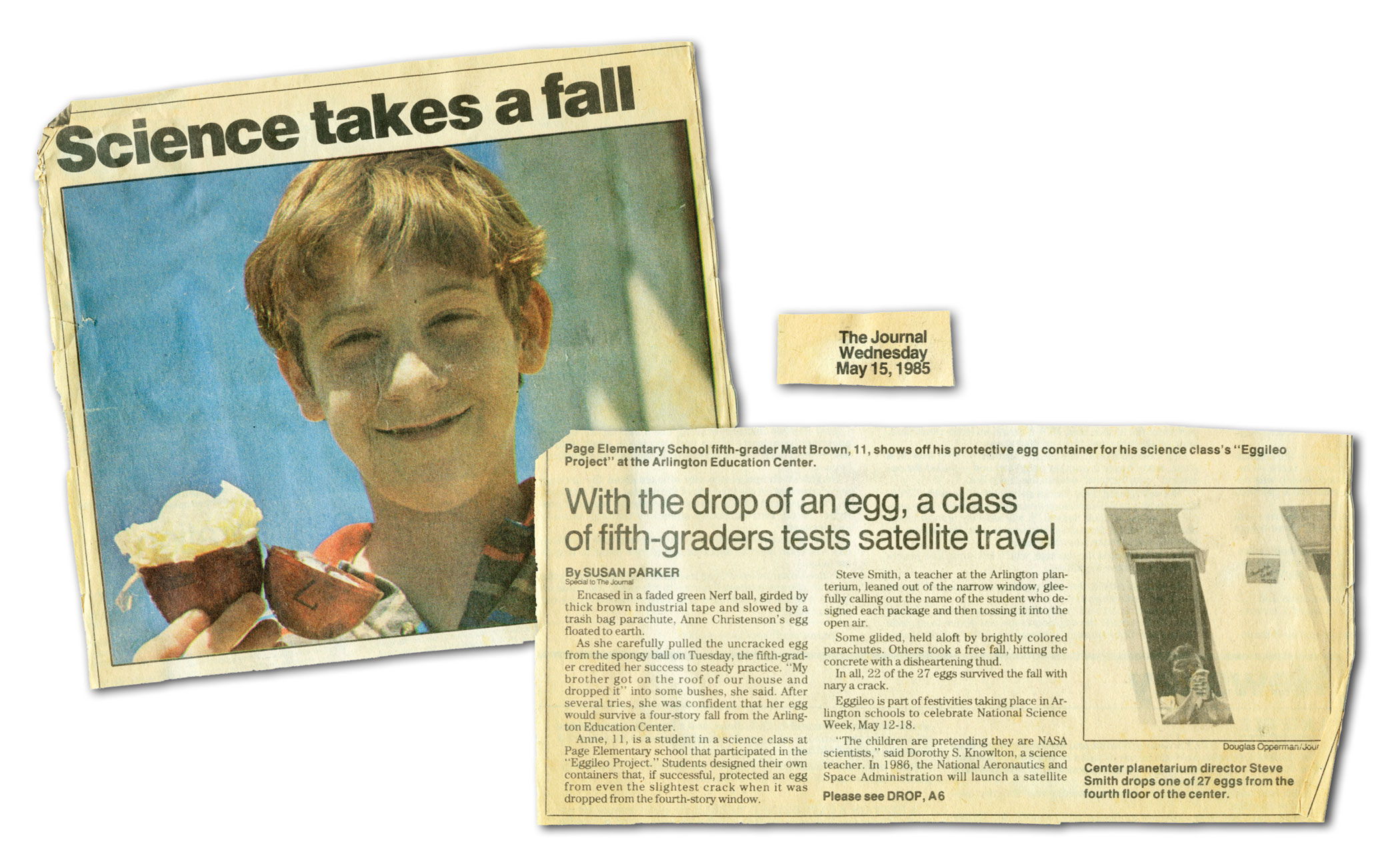Word Count: 797 words
Estimated Read Time: About 4 minutes
When I was in my mid-20s I got my dream job at a daily newspaper. Actually at first, it was just an internship with a looming deadline. I had to prove myself in four weeks to get hired full time. The hardest part was the pace. In my previous reporting job, I wrote two to three articles a week. In this new one, I had to produce two to three articles a day. Those articles had to be succinct and grab readers’ attention.
I needed to instantly improve my writing.
These are the best tips that I learned from my newspaper editors and mentors that I still use in my writing. You can as well.
Write your nut graf.
This is the first thing I learned as a newspaper reporter. You must give your readers a reason to keep reading. A nut graf is short for nutshell paragraph.
Your nutshell paragraph, like a nut, contains the kernel or gist of the story you are telling. It is usually the first or second paragraph of any article. The nut graf tells readers what your piece is about and why they should care.
Here’s an example from an issue brief I recently wrote for a foundation. The audience is busy program staff who need a compelling reason to read yet another piece of writing that crosses their desk.
“A central focus of our work is to cast health and well-being in a broader frame than individual choices. A recent Mathematica survey, however, found that most state and local leaders believe that people’s choices about their diet, exercise, and smoking most affect their health and well-being. While these leaders also believe that health care and community conditions have some effect on health and well-being, those beliefs may not be as strong as we had expected.”
Summarize and tell your audience your big idea right away. It will draw them into your work. Doing this also forces you to distill your writing into your central idea. Taking this step will sharpen your thinking, which will make your writing clearer and better.
Vary your sentence lengths.
Skillful writing feels like a cadence, a rhythm. When all of your sentences are the same length—and that length is often long—it can feel like a slog to read. Sticking in some short, pithy sentences in the midst of longer ones gives readers a break. It wakes them up.
After I was hired full time as a police and courts reporter, I learned of a legendary police reporter at the Miami Herald named Edna Buchanan, who along with her editor Gene Miller, perfected what became known as the Miller Chop. The Miller Chop is a short sentence after one or two long ones.
Here’s an example from a New Yorker profile on Buchanan:
“On New Year’s Eve Charles Curzio stayed later than planned at his small TV repair shop to make sure customers would have their sets in time to watch the King Orange Jamboree Parade. His kindness cost him his life.”
See how that short sentence draws you up short? It grabs your attention. Now you don’t have to be as dramatic in your writing (though you could be!) But look for ways to liven up your writing with occasional short sentences. It’s easy to do.
Use “and” sparingly.
One of the easiest ways to improve your writing is to search for the word “and” in your writing and consider deleting it. Often “and” is used to stuff too many ideas in one sentence. You are better off taking the second part of the sentence after the “and” and making it into a new sentence. Do the same with any “buts” in a long sentence.
That is a kindness to your readers.
It gives them a moment to pause and absorb what you’re telling them. It also gives them a breath from long sentences. Sometimes, after I read a long, meandering sentence I feel like I’ve just run a sprint. I’m wheezing.
Here’s a recent example of how I forgot this helpful tip (and fortunately had an editor to flag it).
Original: Our strategy guides all of our work and we want to make sure that you—our grantee partners—have a clear understanding of that strategy, how we came to it, why we’re funding what we’re funding, the progress we’re making, and what we’re learning along the way.
That’s a mouthful.
Revised: Our strategy guides all of our work. We want to make sure that you—our grantee partners—have a clear understanding of that strategy, how we came to it, why we’re funding what we’re funding, the progress we’re making, and what we’re learning along the way.
This is much better.
Try these simple tips and see if they help your writing.
—-
If you’re looking for more writing tips, check out my blog.
Looking for help with your writing? Please get in touch with me at [email protected]

